Green is my favourite colour by a good margin, and it’s probably mainly because I like being around plants. I find lush tropical plant life relaxing and reassuring. It lowers the blood pressure and ups the serotonin production. I don’t think I’m alone with these responses. Green is also right in the middle of the visible spectrum, and its opposite on the colour wheel is magenta, the colour that, by some lines of reasoning, ‘doesn’t exist‘. Green represents life, fertility, sustenance. It’s a pretty special colour.
So why on earth would I want to photograph plants in black and white? Quite simply because plants also have amazing shapes, shades, textures and tones, which can sometimes be represented more strikingly in monochrome. Many photographers have pulled it off and many continue to do so. After shooting a roll of Double-X on various plants at the spectacular Cairns Botanical Gardens in May 2023, entirely on a whim, I was sufficiently pleased with the results that I decided to experiment with more botanical subjects using some other films, just for fun. Two great side benefits of shooting plants is that they don’t need any persuasion to stay put, and you don’t need a model release form.
The below ten frames were shot on five different types of film, using a total of four different developers. Notes on film and development accompany the images. Not all of the ten frames are actually of the green parts of plants, though most of them are. I provide tentative identifications for some. The first two were shot on Gimuy Walubara Yidinji Country (Edge Hill, Cairns) and the rest on Bindal Country (south of the Ross River, Townsville).
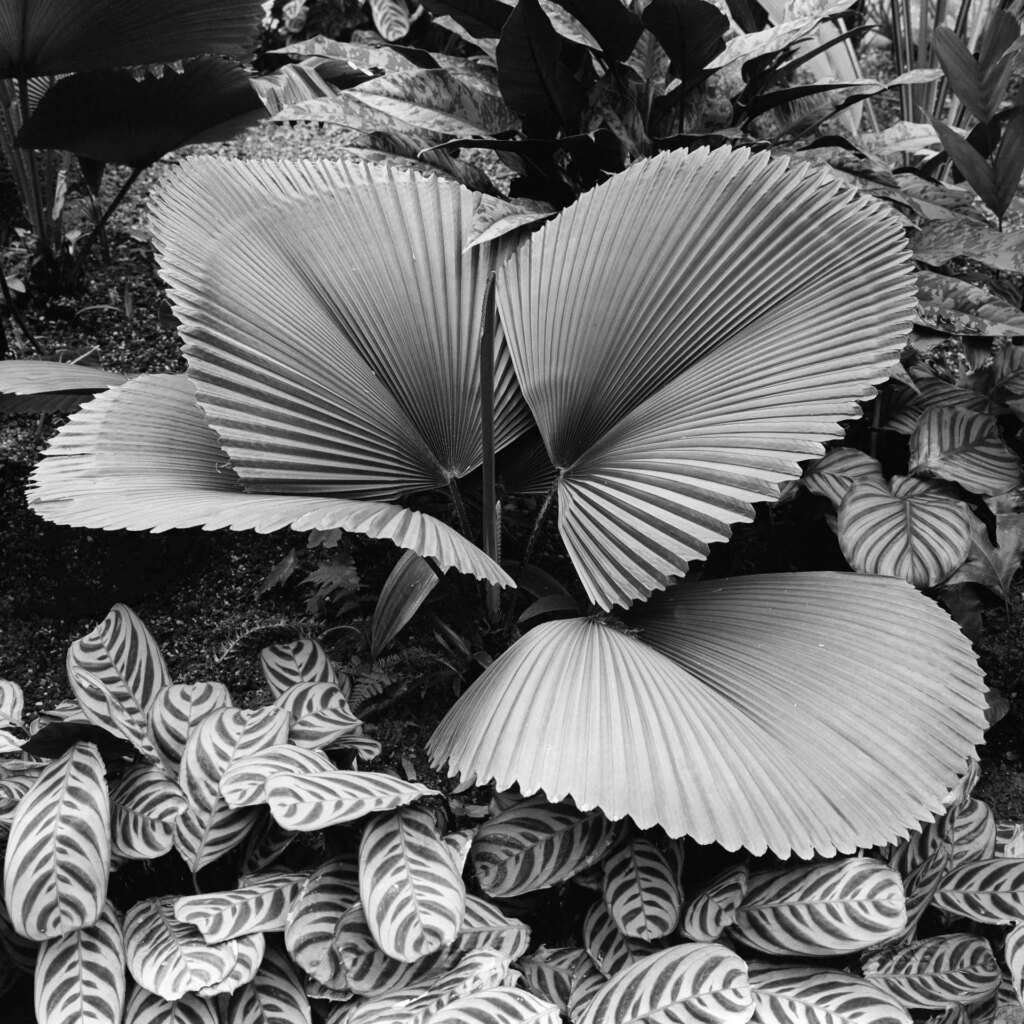
I really like the look of the grain on this and the next image. This film and developer also gave a much sharper look than I was expecting.
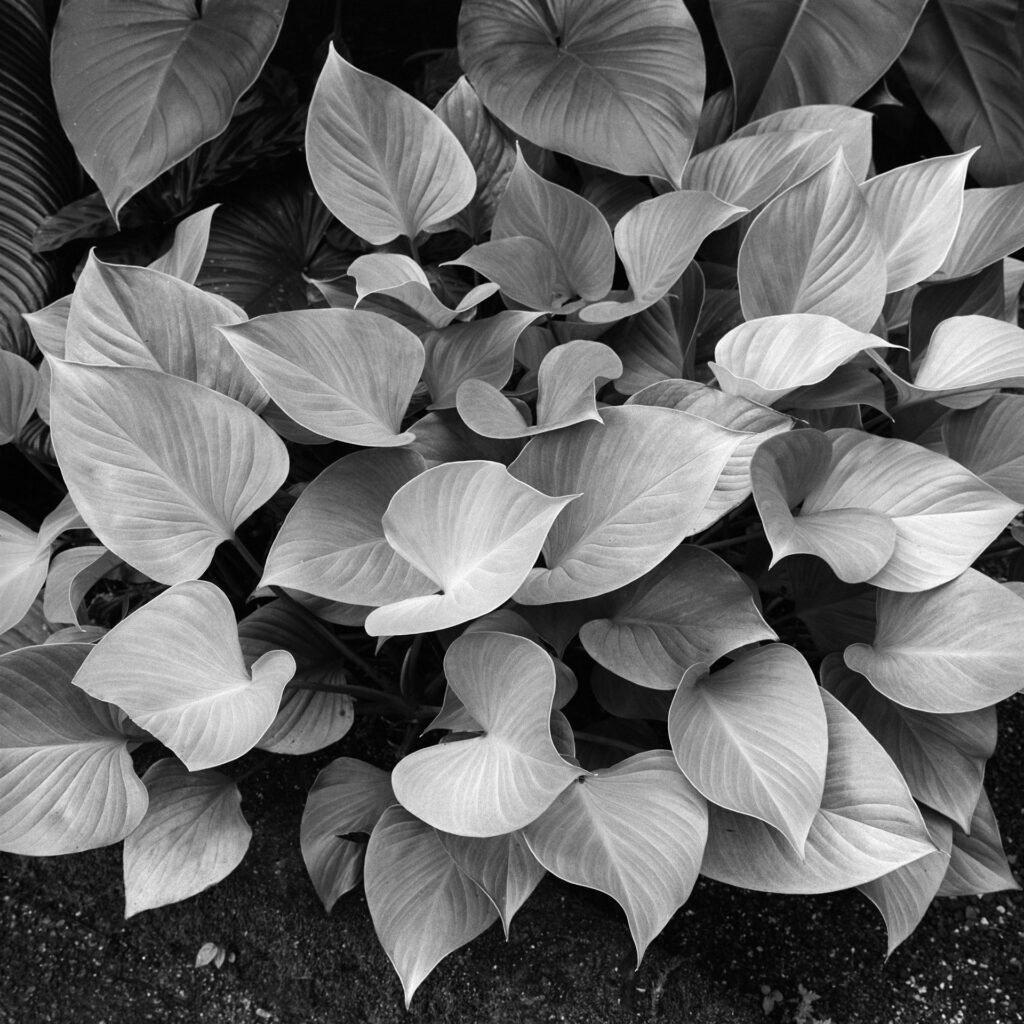
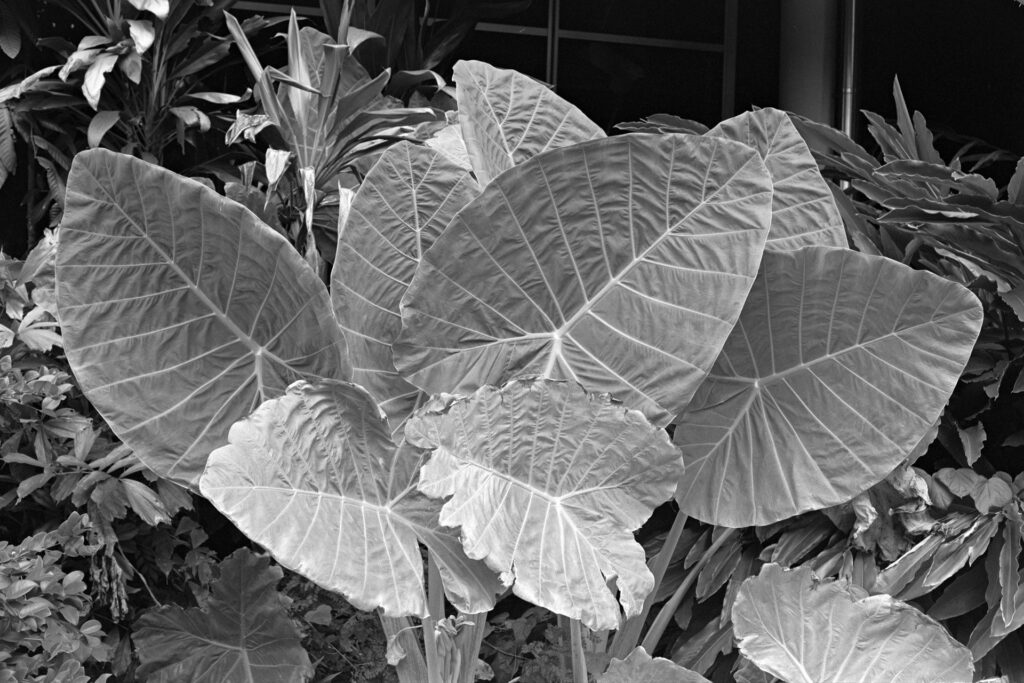
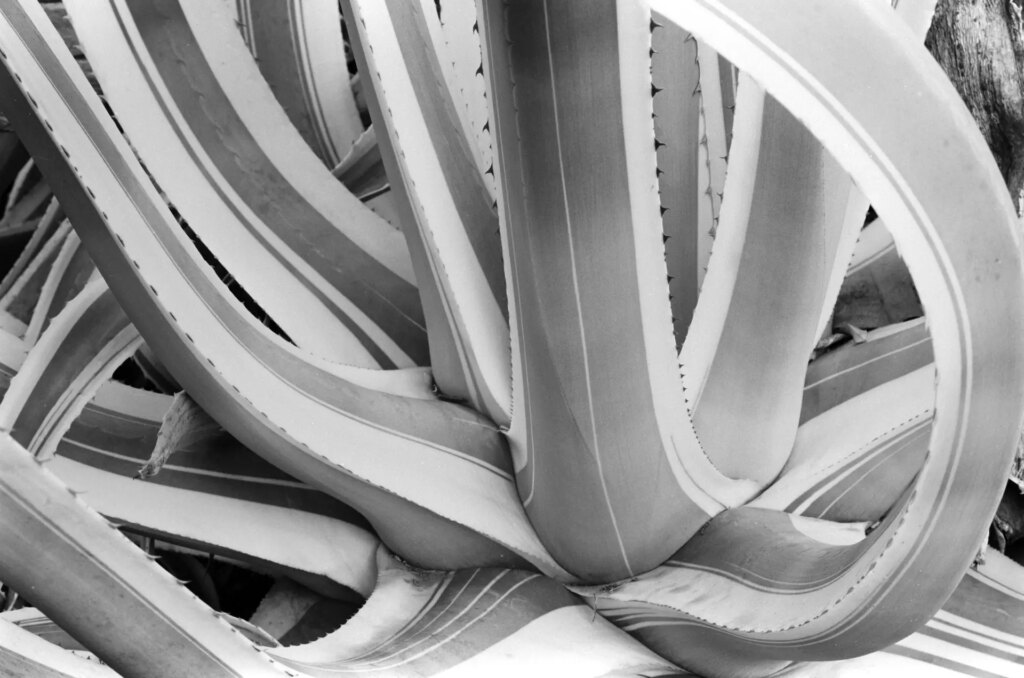

These plants are parasites in the sense that they use a ‘host’ tree for support as they grow and slowly enclose and ‘strangle’ it to death, by which time they are able to stand on their own and grow to become very large trees. I think the strangler fig is a great metaphor for what university administrations are doing to university academies in many countries, including mine. Just saying.
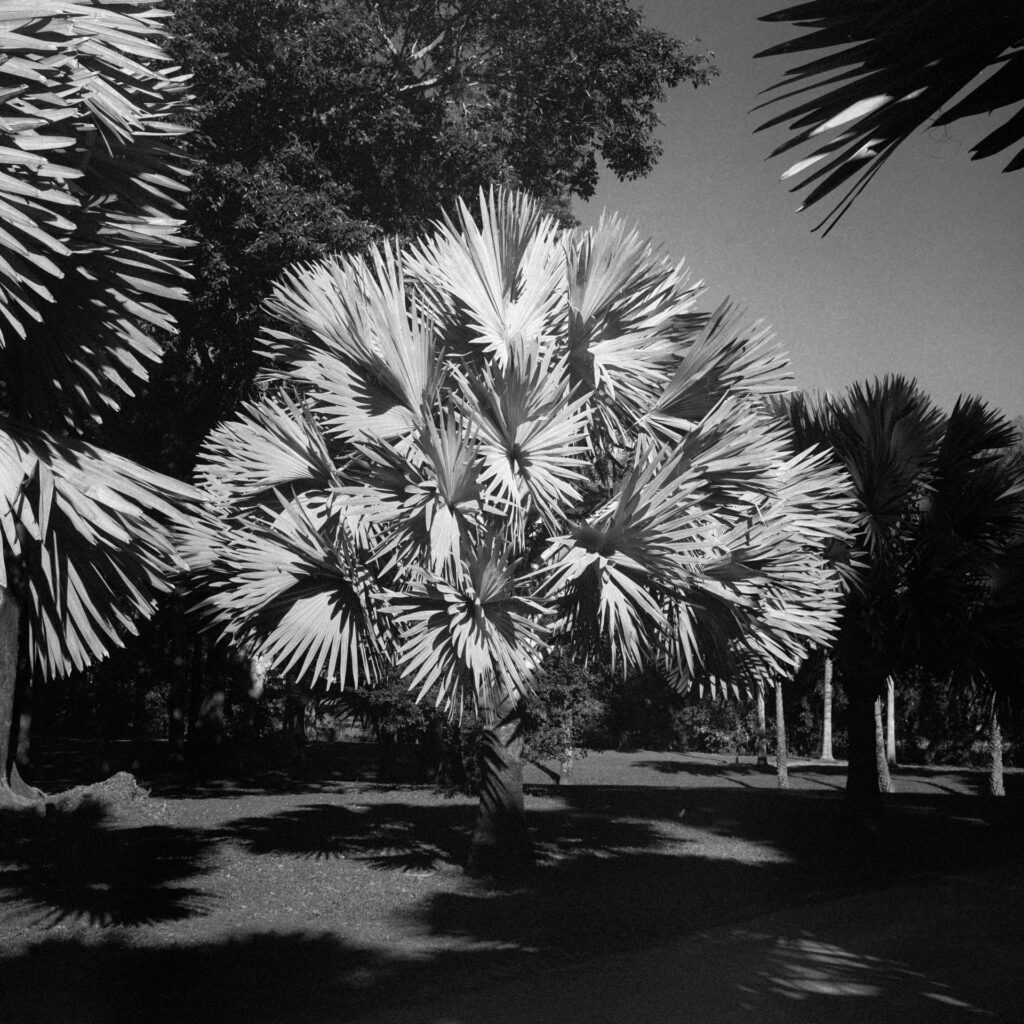
I never get tired of shooting these impressive palms. This one is enjoying some late afternoon sunshine while its neighbours are mostly shaded.
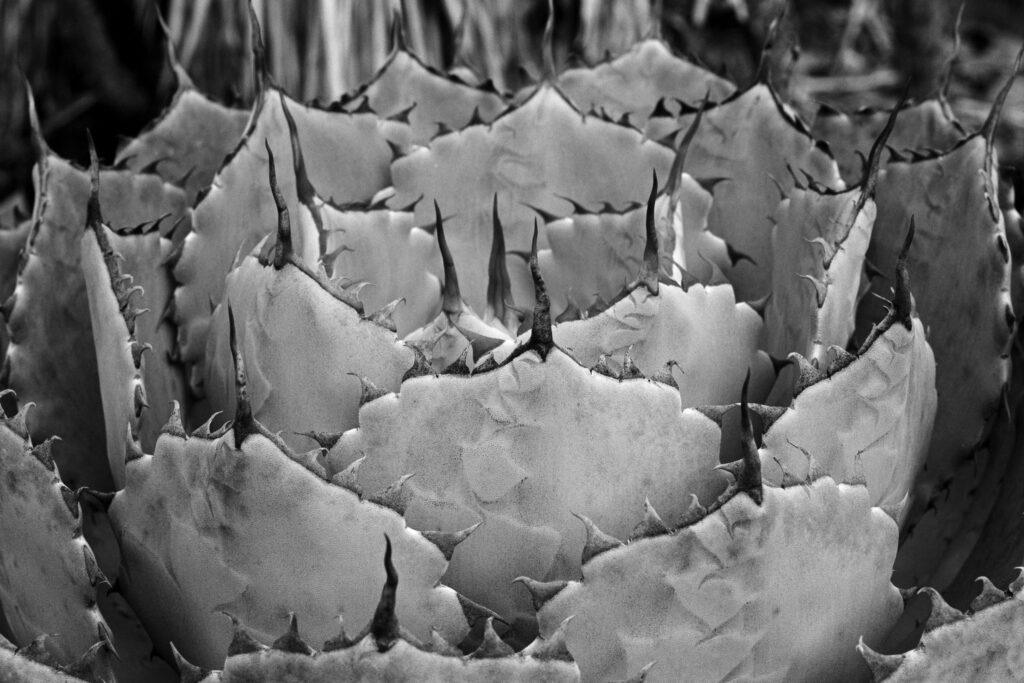
I like the way the impressions of adjacent ‘leaves’ can be seen here. The bendy spines are also kind of cool. FX1 is basically a diluted version of Beutler, which gives a pretty good compensating effect, a significant speed boost, and good acutance. The F801 has no mirror lock-up function, which worried me at first, since I was using shutter speeds of 1/8 and 1/15 for these shots. But it seems this very solid camera has enough weight to absorb mirror slap without any image-degrading vibration.
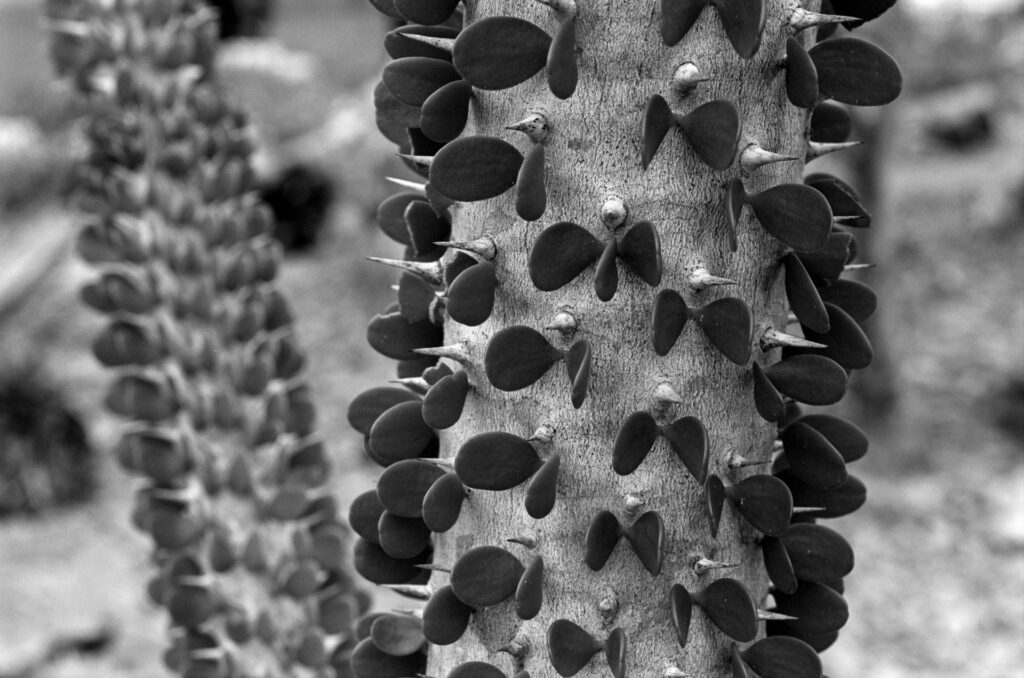
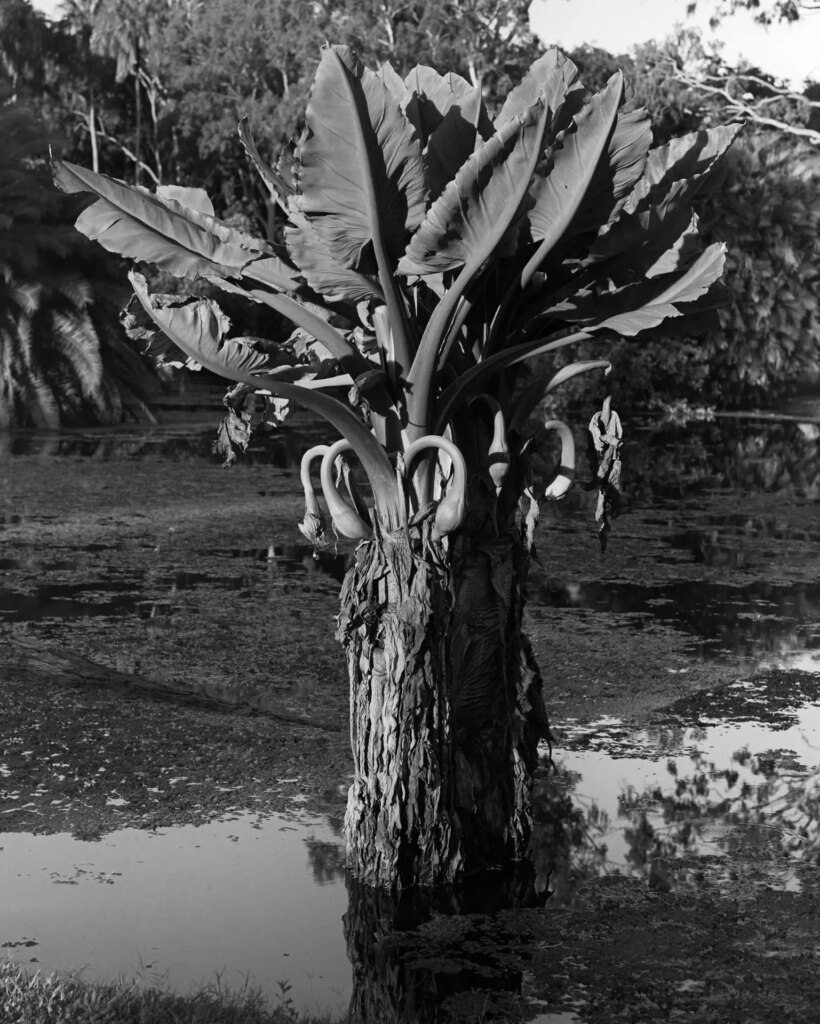
This is the first time I have seen this plant with fruiting bodies, each of which contains maybe a couple of dozen marble-sized seeds. I recently bought a few rolls of 1990s Agfa APX25 just out of curiosity. The effects of age are indeed present on this roll, with the last two frames showing the imprint of the backing paper, and some uneven development. It’s also not quite as grainless as I expected but it’s pretty smooth. The tonal gradations are also quite nice. I’ve cropped the image to 4×5.
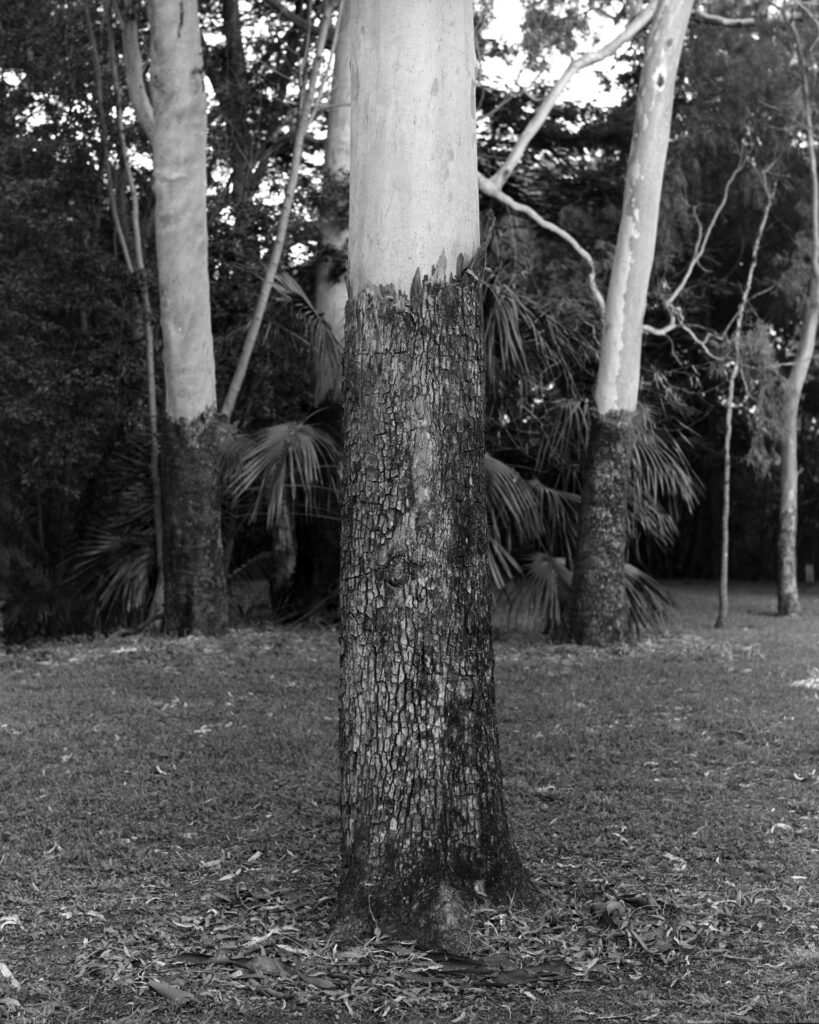
One thing I’ve learned from this exercise is that some grainy films (Double-X and Delta 400 in this case) can make very pleasing (to me anyway) images of plants. Both Xtol and Rodinal produced great (albeit different) results in this set.
Some photographers argue that Retro 80S and RPX25 are the same film. I haven’t seen any evidence to counter that argument yet. They are both sharp, extremely fine-grained and work well in compensating developers like H&W Control and FX1 with ISOs of 50 and 100 routinely yielding great images. Both appear to have spectral sensitivities extending into infra-red and both make great images with red plus polarising filters. They both completely suck in 120 however, with every 120 roll I have shot so far imprinting ink from the backing paper onto the film. That includes rolls I have shot and processed within 48 hours of opening the wrapper, so I don’t think the tropical heat and humidity of northern Australia can be fairly blamed for this fault. This is a widely reported problem so I’m amazed that the company that produces these films doesn’t feel the need to address it. I have given up on 120 format of both these films for the time being. In 35mm they are both fine.
I hope you’ve enjoyed these images and I hope they support my introductory argument!
I would like to acknowledge the assistance of 35mmc member, Mathew C, for helping me with the identification of the two Agave species here.
My Flickr page is here.
Share this post:
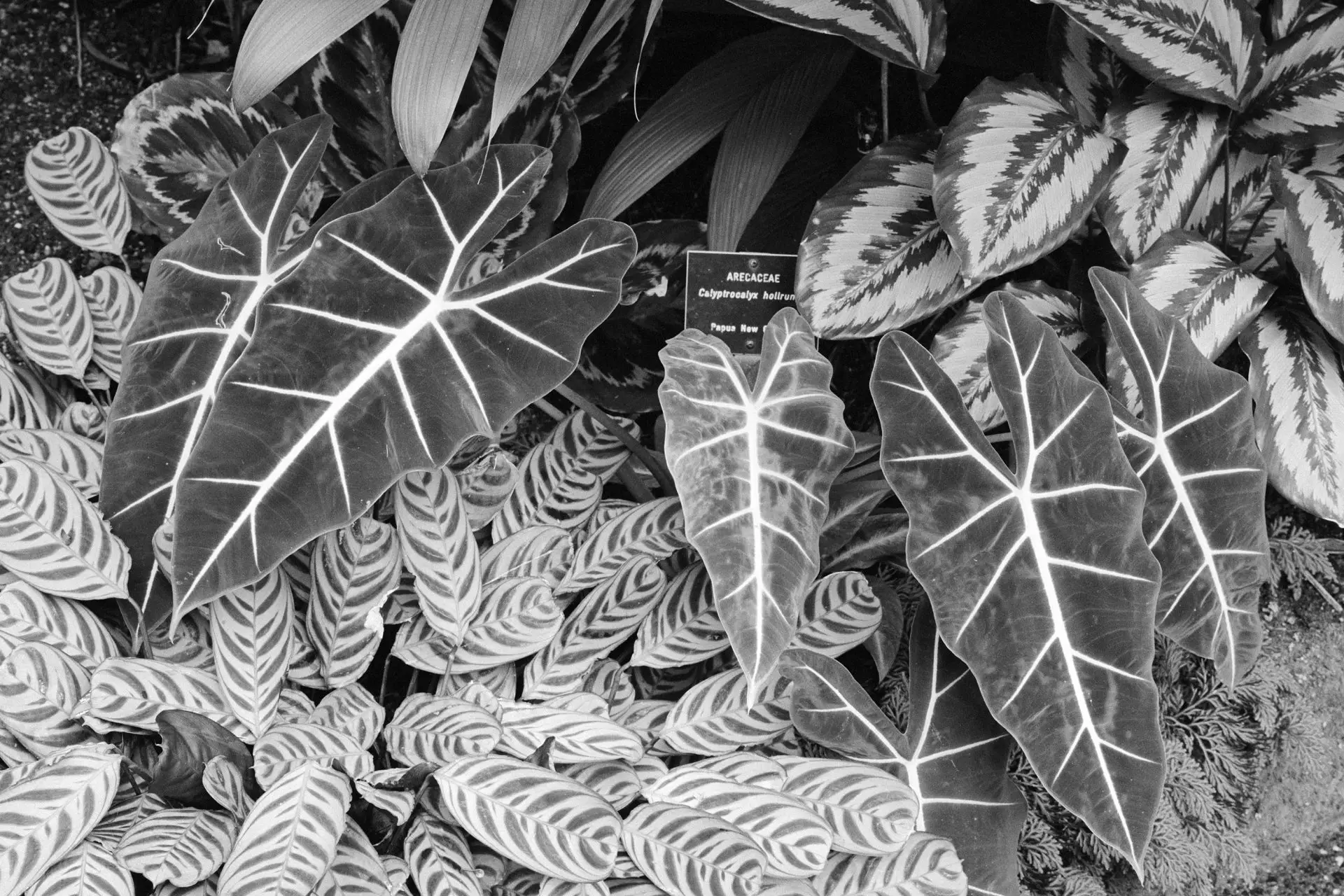


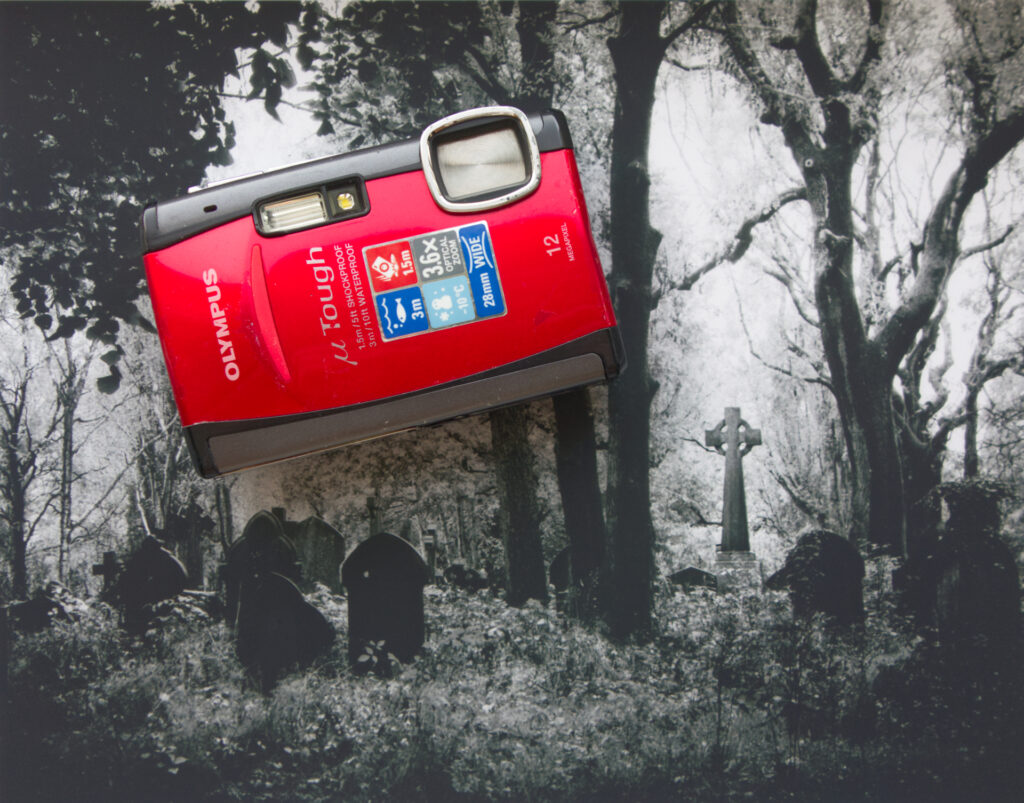





Comments
Art Meripol on 10 Botanical Frames in Black and White – Why on Earth Would You Do It?
Comment posted: 05/03/2024
Doing what others might not sometimes is the best thing you can do.
Comment posted: 05/03/2024
Marco Andrés on 10 Botanical Frames in Black and White – Why on Earth Would You Do It?
Comment posted: 05/03/2024
These images demand to be in physical world [printed and framed] in a more intimate setting and to be held and contemplated rather than merely viewed from afar or on a screen. Consider mounting them in an album or, even better, making a book, to tell their story.
Comment posted: 05/03/2024
Bill White on 10 Botanical Frames in Black and White – Why on Earth Would You Do It?
Comment posted: 05/03/2024
Comment posted: 05/03/2024
Daniel Castelli on 10 Botanical Frames in Black and White – Why on Earth Would You Do It?
Comment posted: 05/03/2024
Did you use filters? I used to work w/ orange & red filters. Even a green or a blue filter will produce interesting results. Nice work.
Comment posted: 05/03/2024
Richard on 10 Botanical Frames in Black and White – Why on Earth Would You Do It?
Comment posted: 06/03/2024
Comment posted: 06/03/2024
Geoff Chaplin on 10 Botanical Frames in Black and White – Why on Earth Would You Do It?
Comment posted: 06/03/2024
Comment posted: 06/03/2024
A.J. Boer on 10 Botanical Frames in Black and White – Why on Earth Would You Do It?
Comment posted: 06/03/2024
Comment posted: 06/03/2024
Will Brown on 10 Botanical Frames in Black and White – Why on Earth Would You Do It?
Comment posted: 06/03/2024
Comment posted: 06/03/2024
Mathew C on 10 Botanical Frames in Black and White – Why on Earth Would You Do It?
Comment posted: 06/03/2024
These are great botanical studies. Plants can look great in B&W, the work of Karl Blossfeldt caught my attention many years ago.
It looks as though someone has been switching plant labels. The rosette forming succulent labelled as Trichocereus is actually Agave potatorum and your 'curly cactus' is another member of the Agave family. Likely a variegated type of Agave americana. They're an interesting group of plants with many uses. The terminal flower stems are harvested before maturing and the sugar rich pulp is fermented to make Tequila. The terminal spines on the leaves can be used as sewing needles and the fibres in the leaves can be woven into sisal ropes (A. sisaliana).
Comment posted: 06/03/2024
Kary Schumpert on 10 Botanical Frames in Black and White – Why on Earth Would You Do It?
Comment posted: 07/03/2024
Comment posted: 07/03/2024
JC on 10 Botanical Frames in Black and White – Why on Earth Would You Do It?
Comment posted: 07/03/2024
the flickr link doesn't work for me.
What is your flickr name please ?
Impressive blackandwhite plant portraits here !!!
Cheers, Jens
Comment posted: 07/03/2024
Paul Quellin on 10 Botanical Frames in Black and White – Why on Earth Would You Do It?
Comment posted: 07/03/2024
Comment posted: 07/03/2024